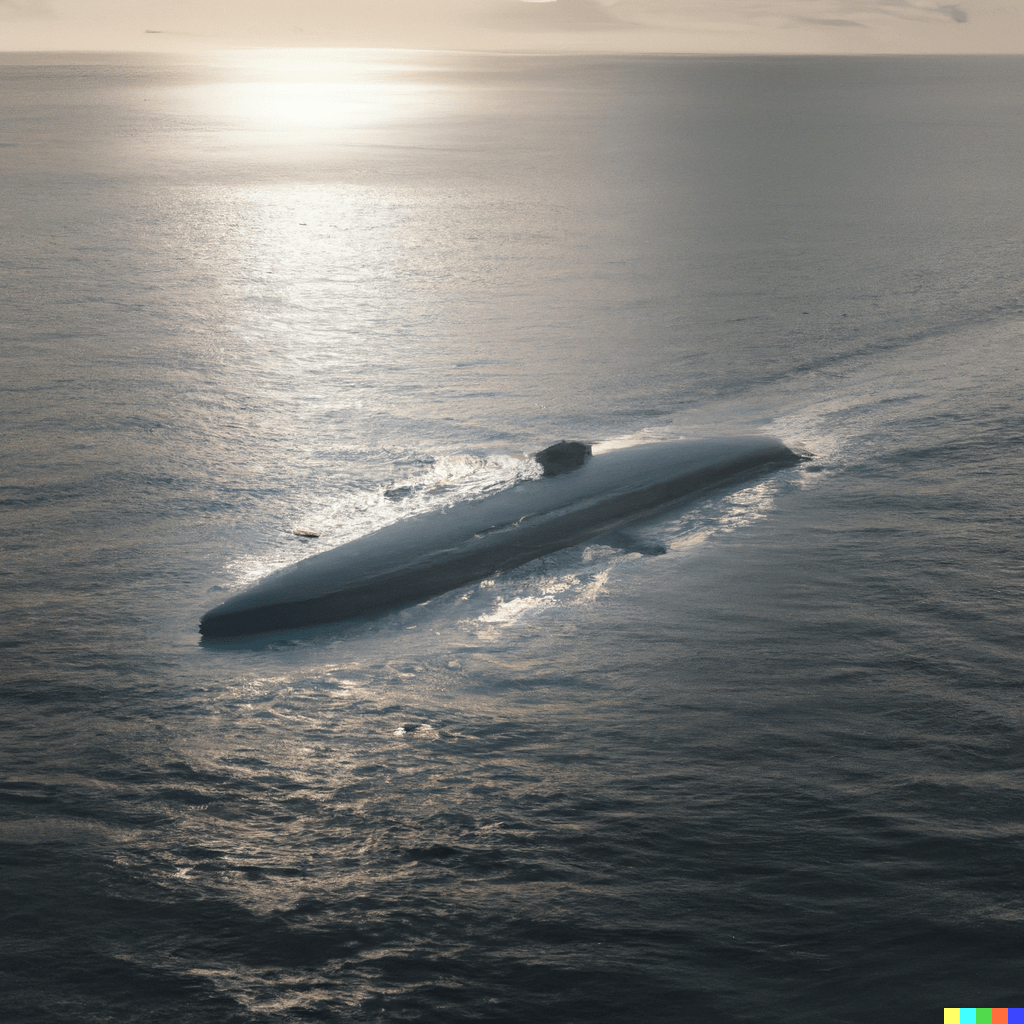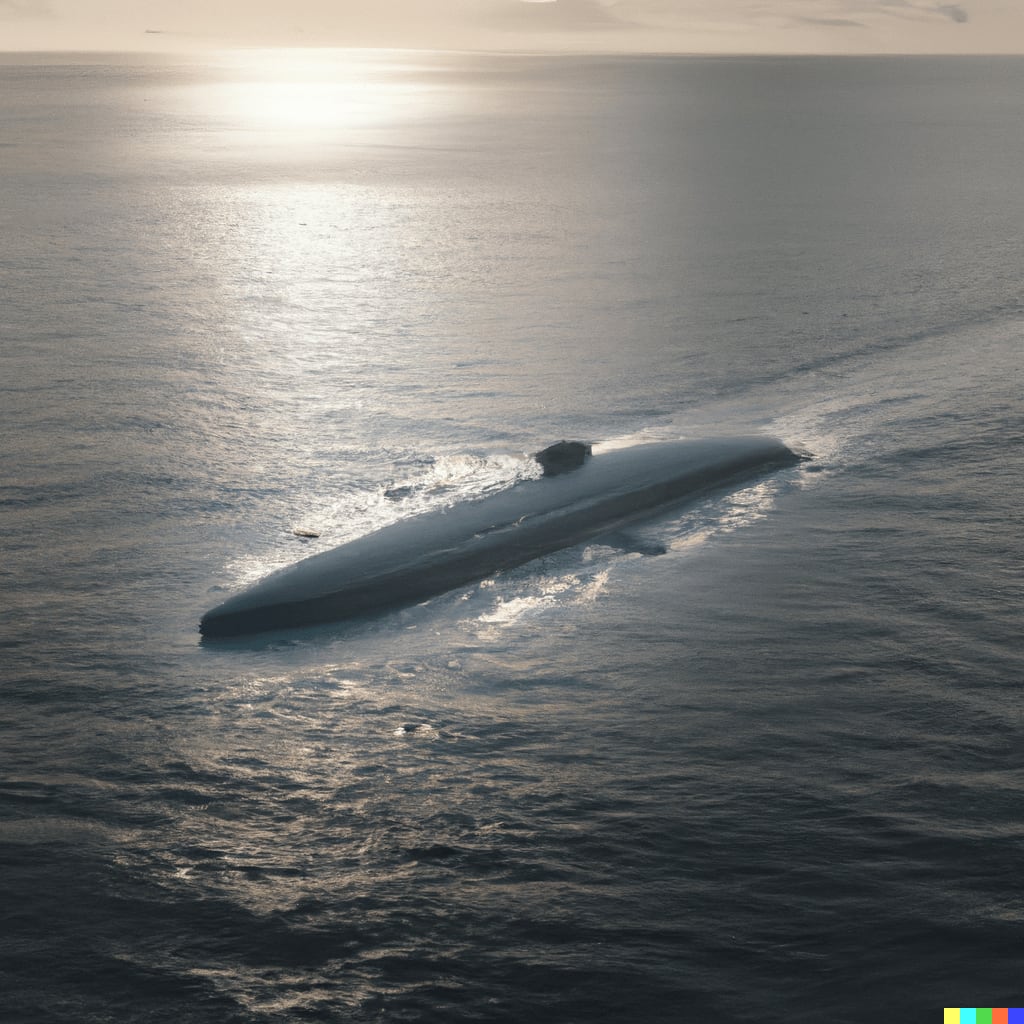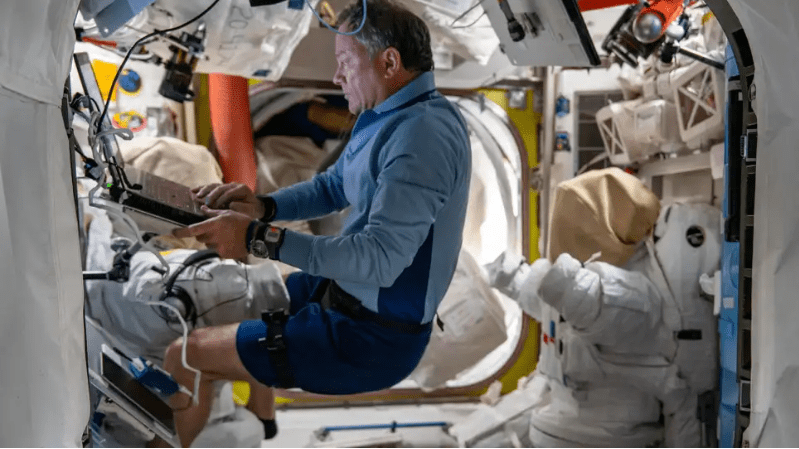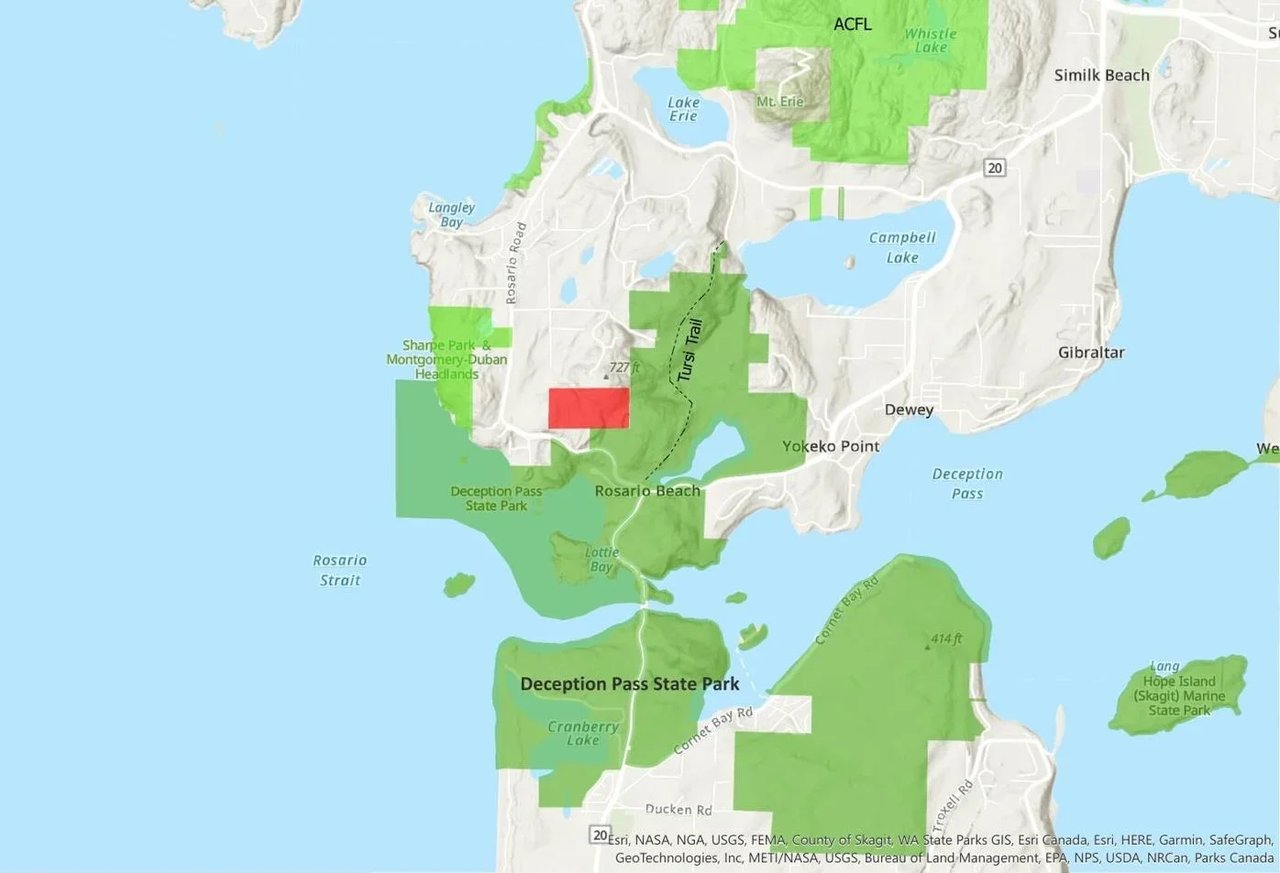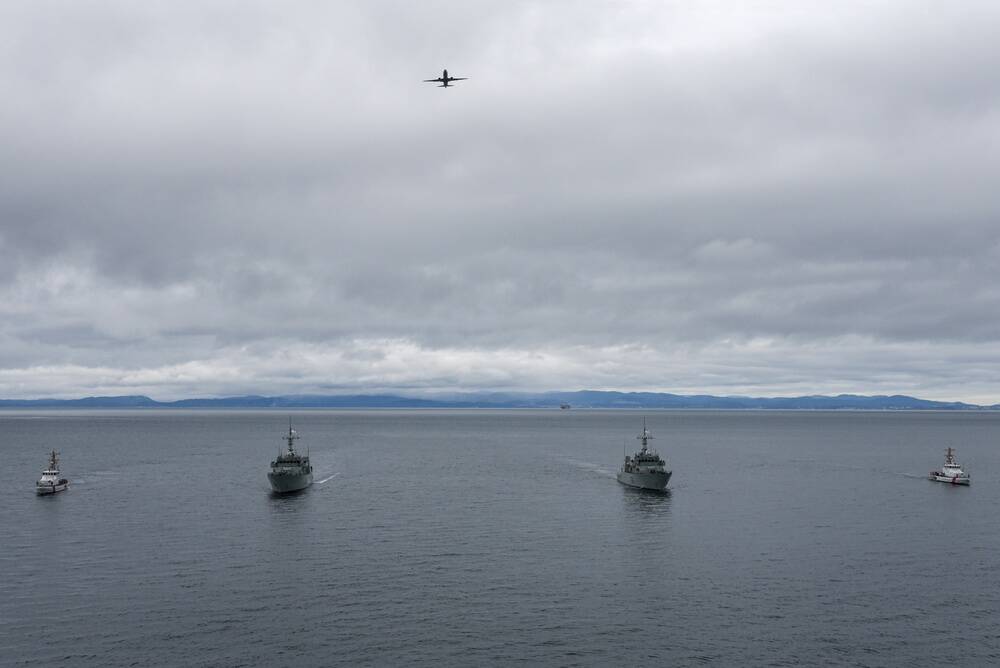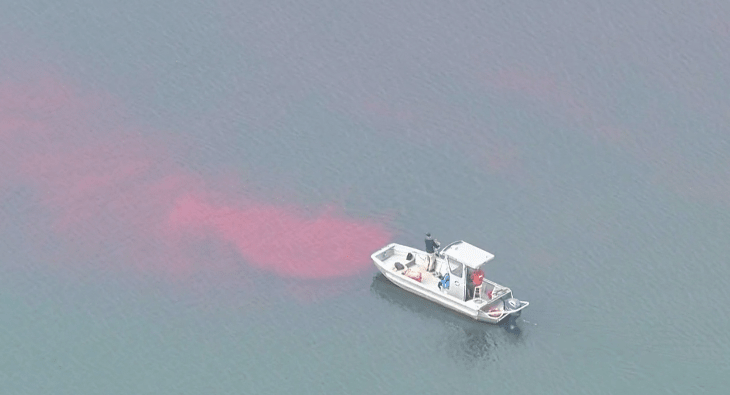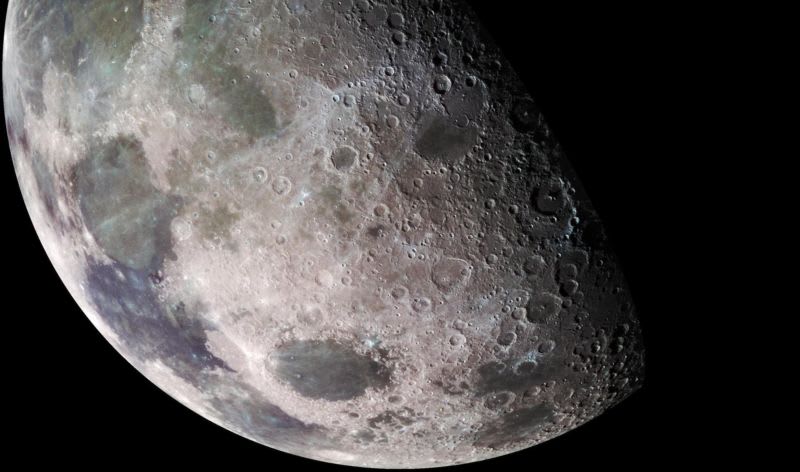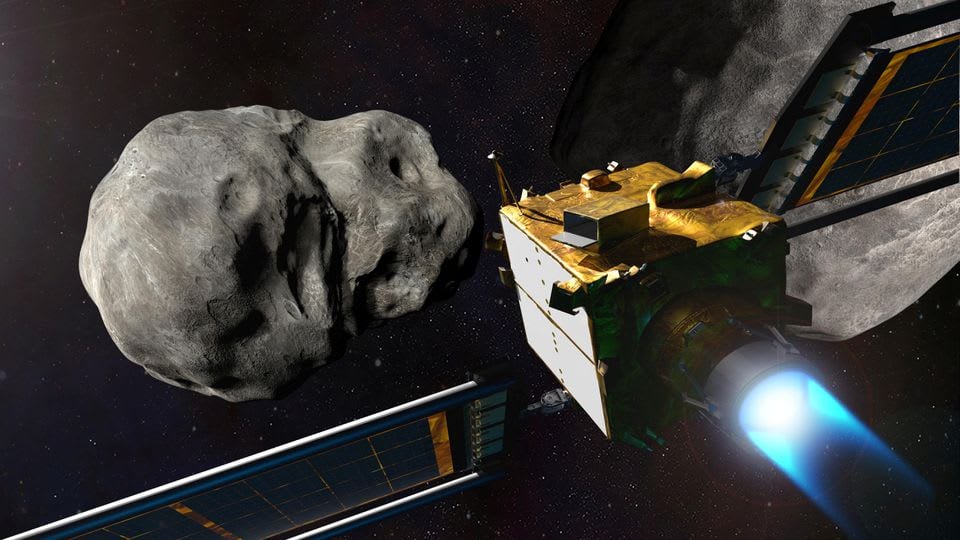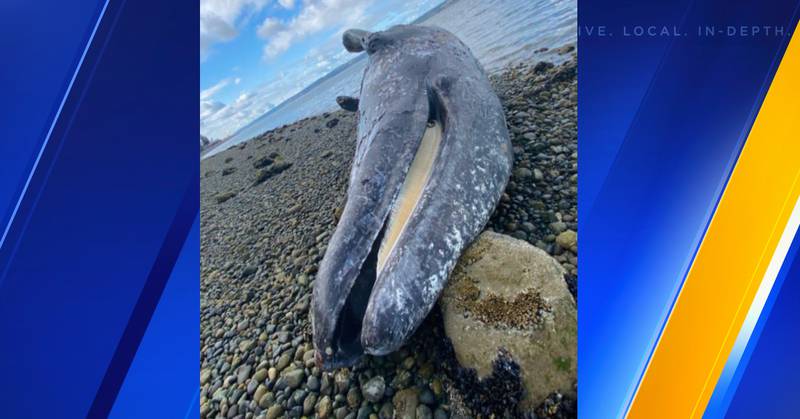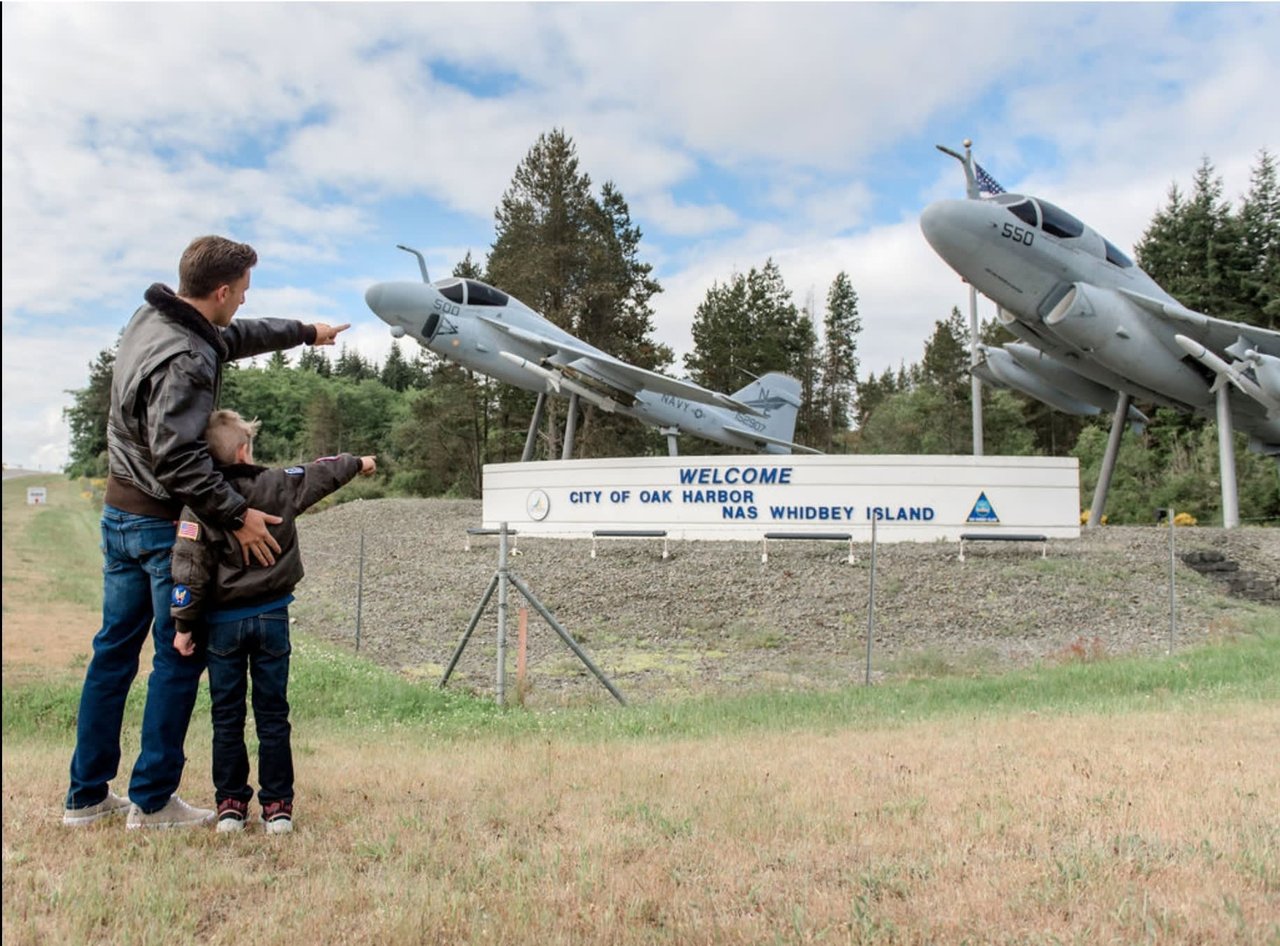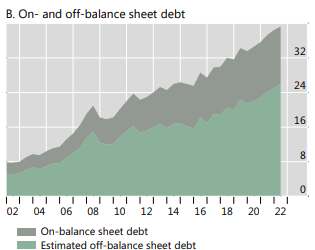Unmanned Surface Vehicles: A Revolutionary Force in Maritime Operations
The world of maritime warfare is undergoing a profound transformation driven by the advent of Unmanned Surface Vehicles (USVs), also known as drone boats or sea drones. These autonomous or remote-operated vessels are ushering in a new era of naval operations, offering unparalleled advantages in terms of cost-efficiency, enhanced safety, and superior performance. Their emergence marks a pivotal moment in modern naval strategies, influencing operations across diverse sectors, from scientific research to commercial shipping to military defense.
USVs encompass two primary classifications: remote-controlled and autonomous. Remote-controlled variants, as the name suggests, are operated by human operators from a remote location, enabling secure task execution in hazardous settings where human presence is deemed too risky. Autonomous USVs, on the other hand, represent the pinnacle of technological advancement, utilizing sophisticated AI and machine learning algorithms to navigate independently and execute missions without constant human intervention.
What are they for?
The applications of USVs extend far beyond the realm of military warfare, spanning various industries with diverse needs. In oceanography and hydrography, USVs play a crucial role in gathering vital oceanic data and measuring parameters such as temperature, salinity, and currents. This data proves invaluable for weather prediction, ecosystem monitoring, and understanding the impact of climate change on marine environments.
Environmental safeguarding is another area where USVs are making significant contributions. Their ability to operate in hazardous zones without posing risks to human lives makes them ideal for detecting pollution and oil spills, facilitating prompt cleanup efforts, and minimizing environmental damage.
The commercial sector is also embracing the transformative potential of USVs. In the realm of shipping, USVs offer cost-effective solutions for cargo delivery and oil exploration, eliminating crew-related expenses and enabling extended operational periods, thereby reducing refueling and resupply needs.
What do we think?
USVs outperform crewed vessels in several key aspects. Their lower operational costs make them a more economical choice for various maritime operations. Prolonged operation without refueling further enhances their cost-effectiveness. Moreover, their safety advantage lies in their ability to operate in perilous environments. Additionally, they excel in precision-based tasks such as data collection and mine detection, providing a level of accuracy and efficiency that surpasses human capabilities.
Despite their merits, USVs face challenges that require ongoing technological advancements. Navigation, collision avoidance, and communication systems require further development to ensure seamless and secure operation in complex maritime environments. Legal frameworks also need to adapt to the evolving landscape of unmanned vessels, addressing issues of liability, rules of engagement, and international laws governing autonomous operations.
Public concerns regarding the use of USVs, particularly in military applications, are understandable. Addressing these concerns necessitates transparent communication and education about ethical safeguards and responsible development. Demonstrating ethical principles in the design, development, and deployment of USVs is crucial to alleviating fears about autonomous attacks and conflict escalation.
Conclusion
While the potential of USVs is undeniable, it's crucial to acknowledge the parallel development of unmanned undersea vehicles (UUVs), which operate beneath the ocean's surface. UUVs, often shrouded in secrecy, are playing an increasingly significant role in maritime operations, particularly in military applications. The Orca XLUUV, a large, autonomous underwater vehicle, epitomizes this advancement, capable of traversing vast distances and performing complex seabed missions without human intervention.
As unmanned sea vessels continue to evolve, their impact will permeate various industries, revolutionizing maritime operations and shaping the future of the oceans. From scientific exploration and resource mapping to border protection and maritime security, these autonomous vehicles hold immense promise, poised to transform our understanding and interactions with the vast marine realm.
Author: Stephen Miller, 11.15.23
The views, information, and opinions expressed in this article are those of the author(s) and do not necessarily reflect the views of livingonwhidbey.com, its subsidiaries, or its parent companies.
Copyright © 2023
references:
Wikipedia contributors. "Unmanned surface vehicle." Wikipedia, The Free Encyclopedia. 20 Aug. 2023. https://en.wikipedia.org/wiki/Unmanned_surface_vehicle
Eckstein, Megan. "US Navy's Unmanned Vessel Plans Need Improvement, Watchdog Agency Says." Navy Times, 7 Apr. 2022. https://www.navytimes.com/news/your-navy/2022/04/07/us-navys-unmanned-vessel-plans-need-improvement-watchdog-agency-says
Godwin, Ben. "The Future for Unmanned Surface Vessels in the US Navy." Georgetown Security Studies Review, 28 Oct. 2020. https://georgetownsecuritystudiesreview.org/2020/10/28/the-future-for-unmanned-surface-vessels-in-the-us-navy
Cavas, Christopher P. "Navy Awards Contract for First Vessel in Its Family of Unmanned Surface Vehicles." USNI News, 14 July 2020. https://news.usni.org/2020/07/14/navy-awards-contract-for-first-vessel-in-its-family-of-unmanned-surface-vehicles
